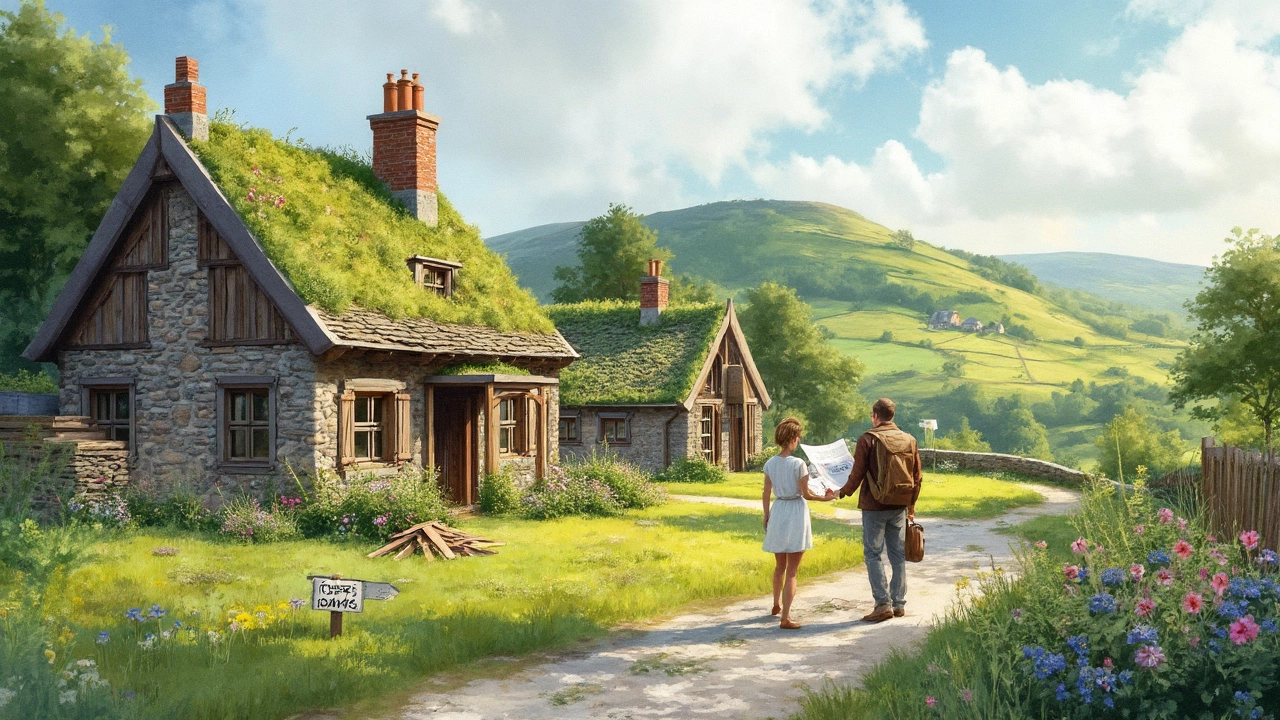
Green Buildings: Your Practical Guide to Sustainable Homes
Thinking about a greener home? You don’t need a degree in architecture to make smart, eco‑friendly choices. Below you’ll find clear steps to spot a green building, pick the right materials, and keep costs in check.
What Makes a Building Green?
A green building is simply one that uses less energy, water, and raw materials while keeping occupants healthy. Look for features like high‑performance insulation, double‑glazed windows, and a tight building envelope that stops drafts. Renewable energy sources—solar panels or small wind turbines—also count, as do water‑saving fixtures and rainwater harvesting systems.
Design matters too. A compact footprint reduces heating and cooling loads. Orienting the house to catch sunlight in winter and shade in summer can cut energy bills dramatically. These tricks work whether you build a tiny house, a modular unit, or a larger family home.
Savvy Choices for Building Green
Material selection is where many people slip up. Traditional concrete, untreated timber, and low‑grade insulation often carry hidden carbon costs. Swap them for recycled steel, sustainably sourced wood, and high‑R‑value insulation made from recycled denim or cellulose. These alternatives perform well and lower your home's environmental impact.
If you’re budgeting, start with the biggest energy hogs: heating, cooling, and hot water. Investing in a ground‑source heat pump or a high‑efficiency boiler pays off quickly. Pair that with smart thermostats that learn your routine, and you’ll see real savings.Ventilation is another easy win. Mechanical ventilation with heat recovery (MVHR) pulls fresh air in while reclaiming heat from exhausted air. It keeps indoor air clean without wasting energy, a win for health and the planet.
Don’t forget the landscape. Plant native trees and shrubs on the windward side of your house to act as natural insulation. Use permeable paving or gravel drives to let rain soak into the ground instead of creating runoff.
When you’re shopping for a builder, ask about their experience with green projects. Look for certifications like BREEAM or Passive House, but also check real‑world references. A builder who can show a completed eco‑home will understand the details that matter.
Finally, track your progress. Use a simple spreadsheet or an app to log energy use, water consumption, and maintenance costs. Seeing the numbers helps you tweak habits and prove that your green choices are working.
Whether you’re buying a cottage near Loch Ness or building a new family home, these practical steps keep your project sustainable and affordable. Green building isn’t a buzzword—it’s a set of everyday decisions you can start making today.
